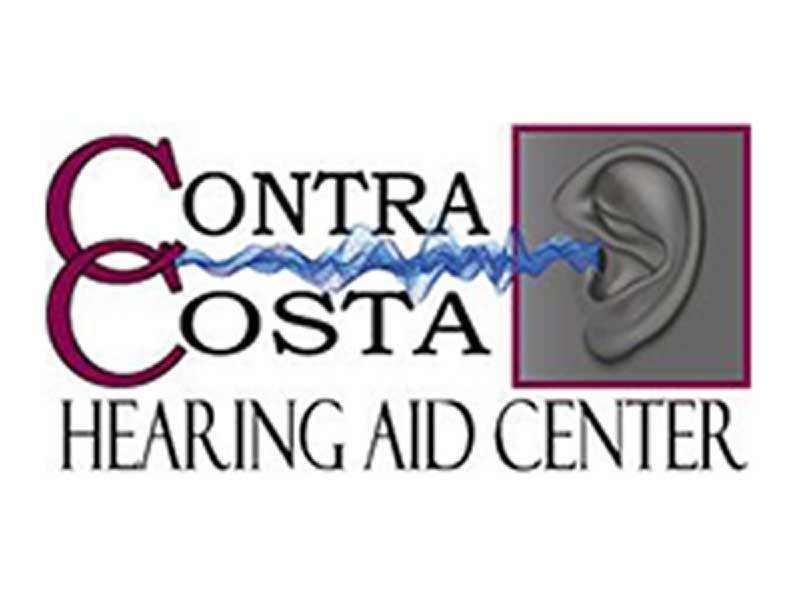These days, millions of individuals utilize hearing aids every day in order to hear better. This hasn’t changed, although the technology has unquestionably come a long way. Available in a number of shapes, sizes, and even colors, the hearing aids of today weigh only a fraction of what they used to. They’re not only more versatile these days, but they supply the user several more advantages, such as the ability to hook up to Bluetooth and even separate out background noise. Here we offer a short history of hearing aids and just how far they have come.
Initial Breakthroughs
Back in the 17th century, something known as the ear trumpet was invented. ear trumpets were most of benefit to those who only had partial hearing loss. They were bulky, awkward and only worked to amplify sound in the immediate environment. Think of an old phonograph with the conical sphere and you’ll understand what they looked like. They were more commonplace as the calendar ticked over to the 18th century, with several models designed for the very wealthy, such as the Reynolds Trumpet especially designed for the famous painter Joshua Reynolds. This horn-shaped instrument in essence just funneled sound into the inner ear.
New Possibilities
The hearing devices of the 17th and 18th centuries delivered only limited amplification qualities. When the 19th century arrived, more opportunities appeared with electrical technologies. In fact, it was the development of the telephone by Alexander Graham Bell in 1876 that generated the advancement leading to electrical transmission of speech. Sparked by this invention, Thomas Edison invented the carbon transmitter for the telephone in 1878 which improved upon the basics of the telephone and actually boosted the electrical signal to enhance hearing.
Vacuum Tubes
Next in line were vacuum tubes, produced by Western Electric Co., in New York City in 1920. This company improved upon the technology found in Lee De Forest’s development of the three-component tube just a few years earlier. These devices provided not only better amplification but also improved frequency. The early models were quite large, but the size got pared down not many years later to the size of a compact box secured to a receiver. It was still very inconvenient and didn’t offer the versatility and comfort of the hearing aids to come.
First Wearable Products
The first devices that could actually be used semi-comfortably were manufactured by a Chicago electronics manufacturer in the late 1930s. It featured a thin wire fastened to an earpiece and receiver, along with a battery pack which clipped to the user’s leg. More compact models came out during World War II which posed a more effective service to the user thanks to printed circuit boards.
Modern Models
Behind-the-ear hearing aids were introduced in 1964 by Zenith Radio; digital signal-processing chips, hybrid analog-digital models, and finally completely digital models entered the market in 1996. By the 21st century, programmable hearing aids were all the rage, making it possible for better flexibility, personalization and comfort. Today, 90 percent of all hearing aids are digital, and that number is only expected to grow. The question is, what will the future bring?
